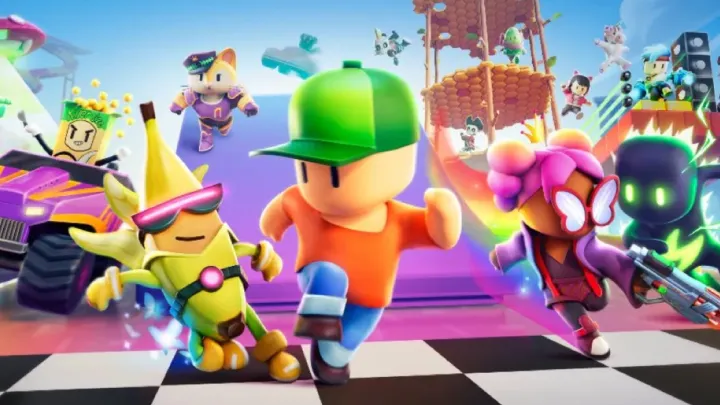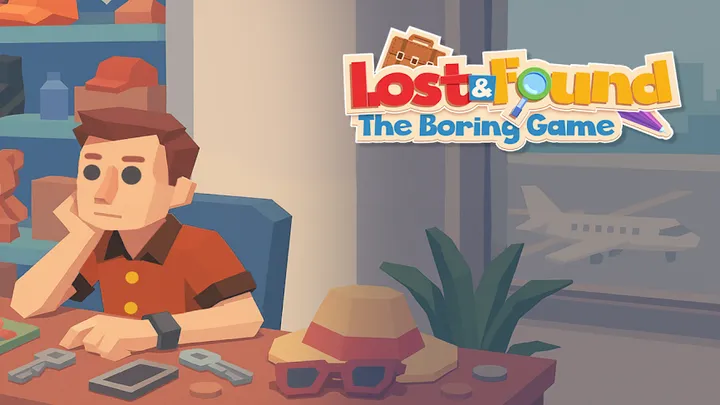Introduction
Stumble Guys has become one of the most engaging multiplayer party battle royale games on mobile and PC. Its colorful maps, chaotic obstacle courses, and hilarious ragdoll physics make it a game where both luck and skill come together. Yet, beneath the silly chaos lies a competitive challenge: how do you actually win consistently? This guide explores everything you need to know, from basic controls to advanced techniques, map-specific strategies, psychological tricks, and community culture. By the end of this article, you will have a complete roadmap to becoming a master of Stumble Guys.

How to Get Started with Stumble Guys
The first step in mastering Stumble Guys is simply understanding the basics. The game is free to download, available on multiple platforms including mobile and Steam. Once you launch it, you’re introduced to your character – a customizable avatar ready to run, jump, and stumble.
There are three essential controls: moving, jumping, and diving. Mastering these will be your foundation. Movement allows you to dodge obstacles, jumping lets you cross gaps or climb, and diving gives you that extra reach or recovery when timing is tight. Early on, don’t worry about winning every round. Focus on staying in control and not panicking when knocked over.
Another key aspect of getting started is customizing your character. While skins and emotes don’t directly impact gameplay, they do create a sense of identity, and in a chaotic crowd, your own visual recognition can sometimes help you stay oriented.
How to Survive the First Rounds
The early rounds in Stumble Guys are often the most chaotic because all players are bunched together. Your goal is not to be the fastest but to avoid elimination.
One effective method is to follow the crowd without being trapped inside it. Position yourself slightly to the side, where you can see obstacles earlier and react faster. Another trick is to avoid unnecessary risks; many players get eliminated in round one because they try to cut corners or perform risky jumps. Play safe until the group thins out.
In survival-based maps, such as those with rotating platforms or falling tiles, the best tactic is patience. Don’t panic when others fall. Observe patterns, wait for safe moments, and move strategically. Surviving the first two rounds sets the stage for practicing advanced strategies later.
How to Use Movement Mechanics Effectively

Once you’ve mastered basic controls, it’s time to refine movement. The dive mechanic is your secret weapon. Diving not only extends your jump but also helps you land faster, reducing time lost from stumbling. For example, when crossing spinning platforms, a dive at the right moment ensures stability.
Momentum is another overlooked mechanic. Continuous forward movement is usually better than stopping, as stopping often leads to being pushed or falling. Think of your character as a rolling ball: once you slow down, it’s harder to regain rhythm.
Camera control also matters. By slightly adjusting your view, you can anticipate obstacles earlier. Most beginners ignore camera angles, but experienced players use it to plan two or three steps ahead.
How to Win Obstacle Races
Obstacle race maps are the core of Stumble Guys. To win them, you need more than just fast reactions—you need route planning.
Every map has shortcuts. For example, in maps with moving platforms, diving at the right spot allows you to bypass entire sections. On maps with spinning hammers, hugging the side instead of the center often avoids the heaviest hits.
Here’s a simple list of obstacle race tips:
- Learn map layouts by practicing offline or in casual matches.
- Stay on the edge of crowds to avoid being pushed.
- Time your jumps on moving obstacles rather than rushing blindly.
- Use dives not just for speed but for stability.
Remember, obstacle maps reward rhythm and timing more than brute speed.
How to Win Survival Maps
Survival maps don’t have a finish line. Instead, you win by not falling until enough opponents are eliminated. This shifts strategy from speed to patience and prediction.
On rotating beam maps, jump later than others to avoid landing in the same rhythm. On breaking tile maps, avoid following the crowd—tiles break faster where many players cluster. Position yourself in areas with multiple escape routes.
Advanced survival strategy also includes psychological play. By moving towards another player and faking a push, you can make them panic and fall. Survival isn’t just about staying alive—it’s about making others fall before you.
How to Win Team-Based Rounds
Some rounds are team-based, where cooperation is forced. Many players dislike these maps, but learning them well can be your advantage.
In ball-pushing maps, positioning is more important than speed. Always stay behind or on the side of the ball, guiding it instead of chasing. In collection maps, prioritize defending your team’s area while opportunistically stealing from opponents.
Communication helps if you’re playing with friends, but even with strangers, you can lead by positioning smartly. Team games often eliminate careless players—by staying calm and strategic, you can carry your team to victory.
How to Handle Final Rounds
Final rounds are where true mastery is tested. Common finals include races to the crown or survival-style battles where the last player standing wins.
In race finals, every movement counts. Anticipate obstacles early, plan your route, and don’t panic if you fall—recover quickly and keep moving. In elimination finals like lava rising maps, survival instincts matter most. Always keep two escape options in mind, never box yourself into a dead end.
At this stage, psychology plays a big role. Experienced players fake moves, hesitate intentionally to bait others, or block paths. Treat the final round not just as an obstacle course but as a chess match against living opponents.
How to Use Psychology to Win
Beyond mechanics, winning often comes down to mindset. Staying calm under pressure is the first rule. Panic leads to rushed jumps and sloppy mistakes.
Confidence also matters. If you play hesitantly, opponents can sense it. By moving assertively, you often intimidate less experienced players. Another psychological trick is unpredictability—switching strategies mid-match keeps opponents guessing.
A growth mindset is key. Instead of being frustrated by losses, treat each failure as practice. The more maps you experience, the stronger your intuition becomes.
How to Practice Like a Pro
Professional players treat Stumble Guys like a sport. They set practice goals, such as mastering one map at a time. Instead of focusing only on wins, they measure improvement in smaller skills, like diving precision or camera control.
Recording your matches can also accelerate growth. Watching replays highlights mistakes you didn’t notice while playing. Additionally, playing against stronger opponents raises your level faster than staying in casual matches.
Practice isn’t just about repetition; it’s about intentional improvement. By breaking down skills and focusing on weak points, you improve far faster than by grinding mindlessly.
How to Engage with the Community
The Stumble Guys community is vibrant, filled with creators, streamers, and competitive players. Joining this community enhances your learning and keeps the game fun.
You can learn tricks from YouTube tutorials, join Discord servers for team play, or watch tournaments to see high-level strategies in action. Being part of the community also exposes you to updates, events, and hidden mechanics earlier.
Most importantly, community engagement keeps the game fresh. Instead of burning out, you share experiences, laugh at funny fails, and build friendships.
Conclusion
Stumble Guys is more than just a party game—it’s a competitive challenge wrapped in humor and chaos. By learning the basics, practicing movement mechanics, mastering maps, and applying psychological strategies, you can consistently win matches. The path to mastery isn’t about perfection but about adapting, practicing, and enjoying the journey. Whether you’re playing casually with friends or aiming to dominate tournaments, these strategies form the ultimate “how to” guide.

















